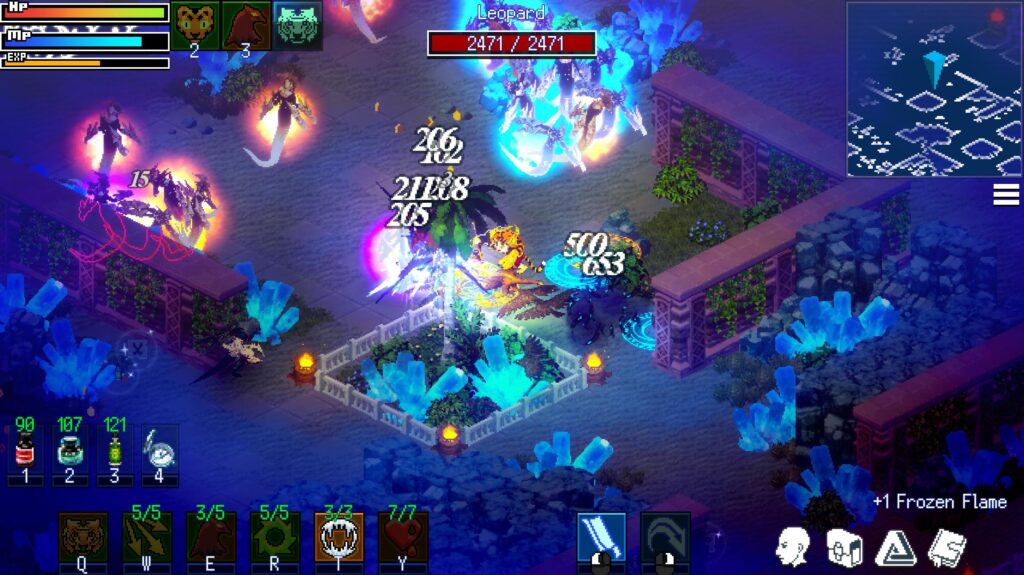
PC
There’s an interesting phenomenon when it comes to the Diablo-like action-RPG: there are so few of them. Usually, when a genre proves enormously popular, we’re inundated by mimics, takes, spins on, etc – just look at all the Vampire Survivor clones coming out every 30 seconds. But there are so few attempts at true ARPGs (in these days when genre titles mean almost nothing, the term is applied to everything from twin-stick shooters to platform games with an inventory). This means that Ghostlore stands out immediately, simply for existing. That it’s really good is a bonus.
This is very much an indie take on a very expensive format, and that’s hugely to Ghostlore‘s advantage. More immediately similar to Titan Quest than Diablo, the game opts for 2D sprites and a mid-90s aesthetic that’s both very smart, and very effective. Beyond that, this very much follows the standard pattern of the genre, just with a few novel approaches to small elements. For the most part, it’s as you’d expect: start in your central hub town, then set off to specific shrouded (randomly generated) levels, filled with hundreds and hundreds of enemies to mow down with an ever-growing number of keyboard-fired skills.
You complete quests, teleport back to town, and then get given the next morsel of plotline from your quest givers. Like I say, it doesn’t deviate from the main path. However, it does add some interesting twists, the most interesting being how classes and skills mix. You pick a class at the start, and get given a pool of skills, but can only add them to your arsenal by levelling up and unlocking new slots on a large grid. As there are many more levels and slots than there are skills, you can also add buffing tiles that boost particular elements of your skills. But this all gets much more interesting when you unlock a second class.
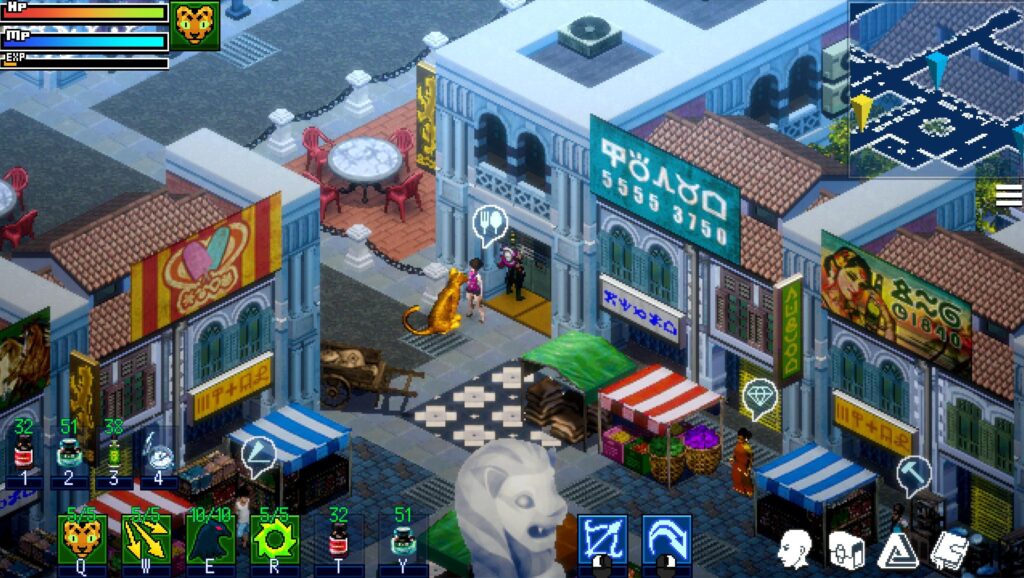
At that point, you get a whole new set of skills and buffs, and discover that no matter which of the six classes you choose, certain skills can be paired up to create brand new ones. By placing their tiles next to each other in your grid, they combine, and make abilities unique to that class combination. And yes, it gets even more complicated when you open up a third class.
Alongside this, you also have a glyph system, where similarly you slot glyph tiles into a menu grid to boost all manner of abilities. Then, there are “Compound Glyphs” which add five-block pentamino shapes that boost all the other regular glyphs within. Compound glyphs can’t overlap, so laying them out in the grid requires thought. The glyphs your choose, and how you arrange them, lets you min-max your character to the particular abilities that interest you. Or you can just dump them all in there and know you’re improving stuff, even if you’re not noticing what.
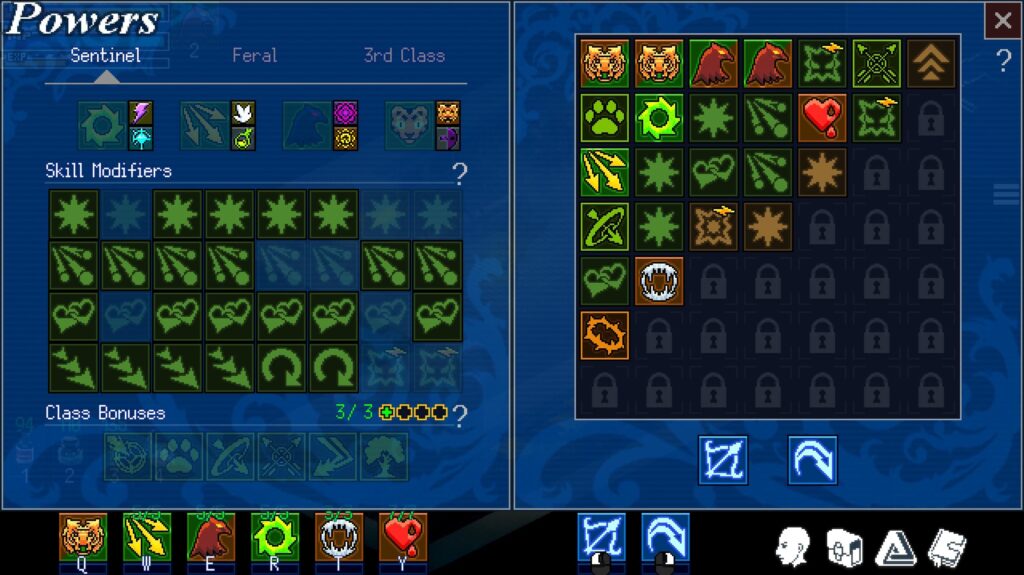
Then Ghostlore has all the vast arrays of weapons, hats, shields and amulets that you’d expect, piling up in your inventory as you loot your way through the crowds of corpses you leave in your wake. There are gems to put in slots, merchants in town who’ll improve your items for a hefty cost (almost inevitably right before you loot a hugely superior one on your next run, as is the way of the ARPG), and health and mana potions to spam as you go.
Actually, on the latter, this is Ghostlore‘s biggest slip-up. I didn’t use a single health potion until I was level 25, after a lot of hours of playing, because I never needed to. There are no difficulty settings, and I desperately wish I could have made those earlier levels an awful lot harder. The first level where I suddenly found myself under threat, I started having a good deal more fun, given that I needed to think more tactically, use my dodge-roll a lot more, and success stopped feeling so inevitable.

Andrew and Adam Teo (who are unrelated, as it happens) have created an ARPG that disguises its innovations, with surprise twists and turns arriving later on, especially once you start dying. If only there were difficulty options to allow some of these elements to appear earlier on, it wouldn’t play its hand so subtly. But the more I have played, the more impressed I’ve been by just how much is going on under its hood. There are things that are easy to take for granted because of the nature of AAA gaming, but when you realise that adding fire gems to your bow means you can set enemies on fire, and that sprites and animations have been created and programmed in for just this arrangement, that’s emblematic of the extra miles that are taken in so many aspects of Ghostlore.
The world is inspired by the Teo’s home country of Singapore, the enemies (of which there are over 30 distinct types) based on Southeast-Asian folklore, including Malaysian, Indonesian and Chinese. There’s even regional food to make by collecting ingredients as you play. This is perhaps a little confusingly presented, the game’s town featuring modern yachts, cars and stores, but most levels almost immediately devolving into empty, timeless marshland or endless forest. But thank goodness it’s not in brown, brown Fantasy World 7B.
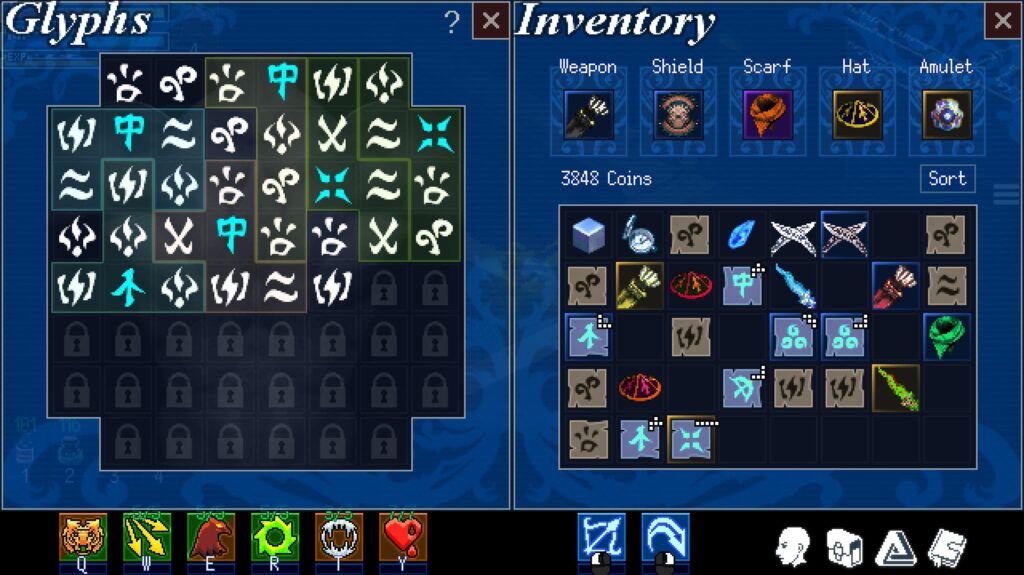
This is a massive undertaking, and seemingly the work of just two people, which is mindblowing. The story didn’t hit at all for me, but I’ve found myself absorbed in that hypnotic ARPG space where I am delighted to just keep attacking and looting, while the other half of my brain listens to podcasts. And as much as I might wish for a world where indie developers are pushing the Diablo-like into entirely new directions, that world doesn’t exist, and I’m just so grateful that there’s anything else at all in the space that’s soon to be filled by the entirely standard arrangements of Diablo IV.
- Andrew Teo, Adam Teo, AT-AT Games
- Steam
- £13/$15
- Official Site
All Buried Treasure articles are funded by Patreon backers. If you want to see more reviews of great indie games, please consider backing this project.




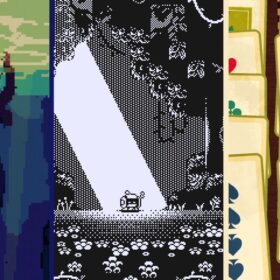



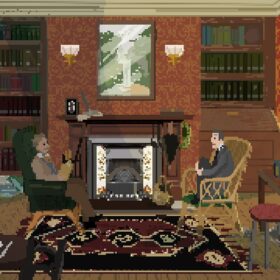
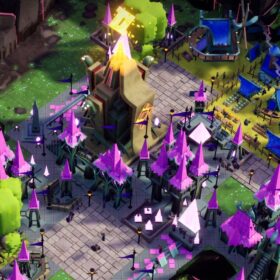
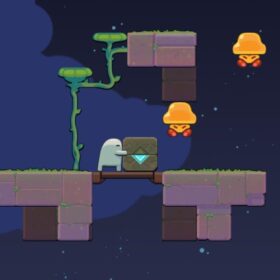


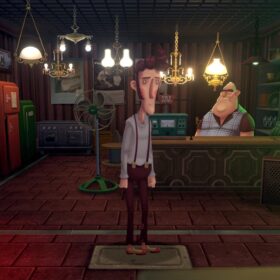
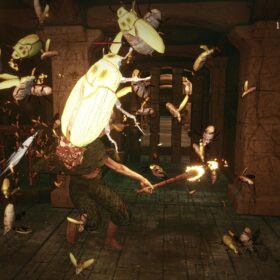

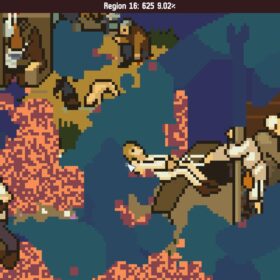
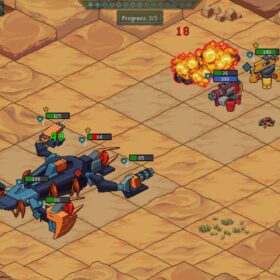

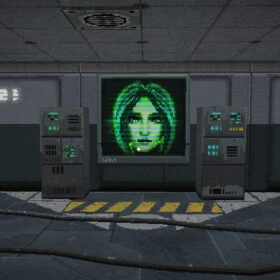

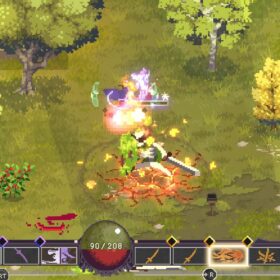
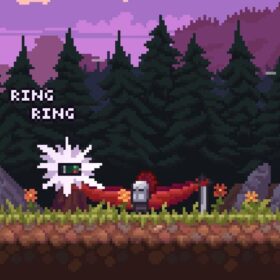

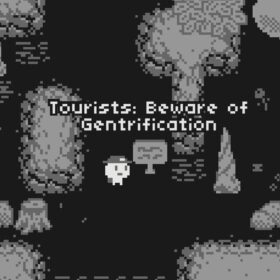


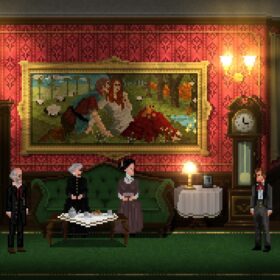

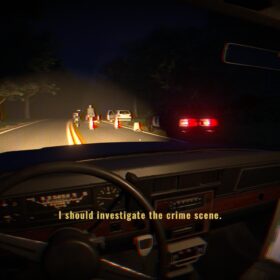
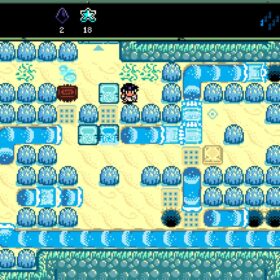
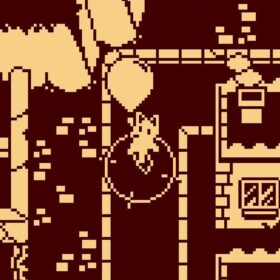
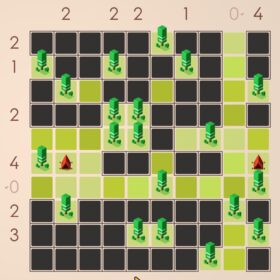
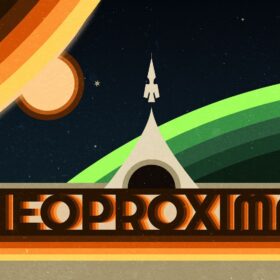
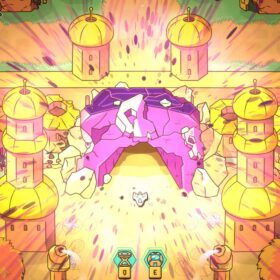
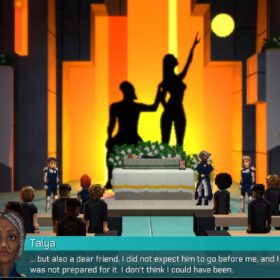

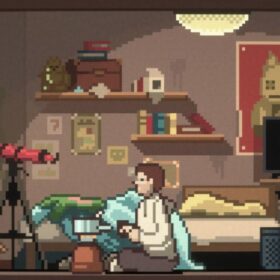
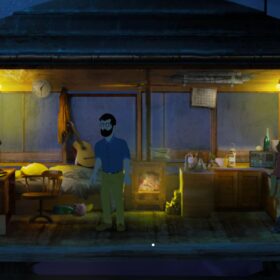

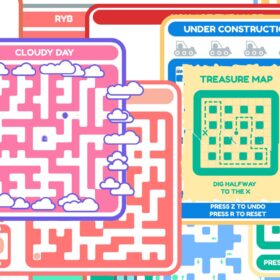

This looks great, and ive just found that it’s available for Xbox on Gamepass so going to try it later tonight.